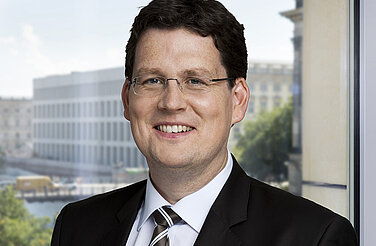This content is also available in: German
Emissions trading is doomed without bold adjustments
The rapid introduction of a market stability reserve (MSR) may support CO₂ prices in the medium term. But analysis on the basis of recent emissions data of 2013 and 2014 suggests that even with an ambitious MSR the emissions trading system will not deliver results before 2020.
Only swift-acting reform can save emissions trading as an effective tool of European climate policy. The problem is that more and more excess CO2 allowances are accumulating every year: The stockpile as of 2015 is, according to recent estimations by Agora Energiewende, now equivalent to 2.5 billion tonnes of CO2 emissions - three times the volume Germany emits in a year. Without countermeasures, the surplus will hit in the most-likely scenario about 3.8 billion tonnes in 2020 and not fall below 3.4 billion tonnes by 2030. "Our recent estimates based on the actual 2013 and 2014 figures suggest that the excess surplus is a lot higher than the Commission was projecting a year ago. Given these numbers, the price for emissions allowances looks set to lie permanently below five euros per tonne. This is far too low to spur investments in low-carbon technologies," says Dr Patrick Graichen, director of Agora Energiewende, a German think-tank dedicated to the green energy transition in German.
In a bid to save Europe’s key instrument in climate protection, the Environment Committee of the European Parliament on 24 February will vote to reform the system of trading permits. An analysis by Agora Energiewende describes and evaluates the proposal to introduce a so-called market stability reserve (MSR). This new instrument would actively manage the volume of allowances on the market by transferring allowances to a reserve should their surplus rise to a certain level. Likewise, should the surplus sink below a certain level, allowances would be transferred from the reserve back onto the market. Exactly at what levels the MSR would become active – and whether it should start in 2017 or 2021– is still being discussed, as is the question of whether to permanently withhold the 900 million allowances already kept off the market last year (“backloading”).
The German government is pushing for the MSR to start operating in 2017, permanently taking over all backloaded allowances. Even if this position were to become consensus in Europe, the surplus of allowances in the most-likely would shrink by 2027 and allowances’ prices slowly recover from as early as 2022, as purchasers anticipate reduced supplies. "This proposal would be effective in the medium term," says Graichen. "But this would be too late to have a positive effect on those countries that have domestic 2020 climate targets like the UK or Germany. These targets can only be reached if the EU’s emissions trading scheme is flanked by domestic climate-protection measures – such as the UK carbon price support mechanism or the envisaged German instrument on fossil fuel power plant emissions.”
The background paper "The role of emissions trading in the Energiewende: Perspectives and limitations on current proposals for reform" is available below.

